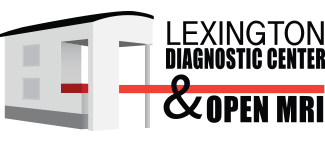Uses radioisotope to evaluate for multitude of disease
Evaluates skeletal, pulmonary, cardiac, neurological, hepatic, renal, infection, gastrointestinal, endocrine and tumors
Accommodates large patients (up to 500 lbs.)
Nuclear Medicine Tests include:
SKELETAL
Whole Body Bone Scan
Bone SPECT
Limited Bone Scan
3-Phase or Triphasic Bone Scan
CARDIAC
MUGA Scan
NEUROLOGICAL
Brain SPECT
HEPATIC
Hepatobiliary (HIDA) Scan
Hepatobiliary (HIDA) Scan with CCK Stimulation
Liver/Spleen Scan
Hemangioma Scan
RENAL
Renal Scan
Lasix Renal Scan
Captopril Renal Scan
INFECTION
Bone Marrow Imaging
Tagged White Blood Cell Scan
GASTROINTESTINAL
Gastric Emptying Scan
Meckel’s Scan
ENDOCRINE
Parathyroid Scan
I-131 Thyroid Therapy
I-123 Thyroid Uptake & Scan
Technetium Thyroid Scan
TUMOR IMAGING
ProstaScint
Octreoscan
Mammoscintigraphy
I-131 Whole Body Bone
ProstaScint®

Example on Left of CT scans of Prostate. Example on Right of Abnormal ProstaScint scans showing abnormal collection of the antigen.
Used to determine if prostate cancer has reoccurred.
ProstaScint® with CT fusion can provide information to urologists and oncologists to assist in the diagnosis and treatment of recurrent prostate cancer.
Lexington Diagnostic Center and OPEN MRI is the only facility in the Bluegrass area to provide this service and is only one of four facilities in Kentucky.
